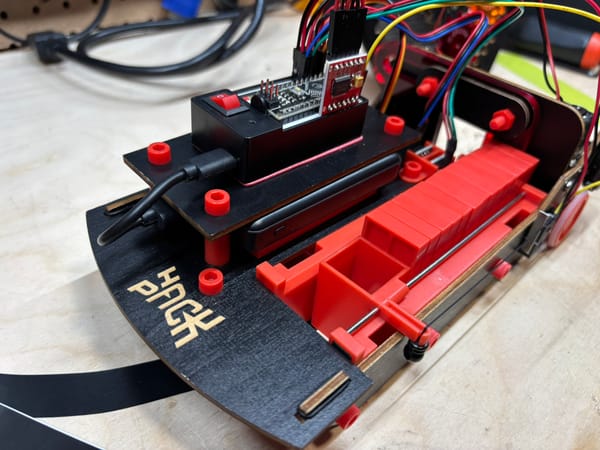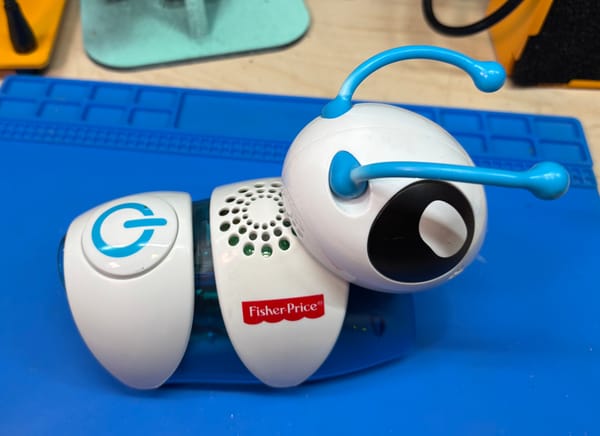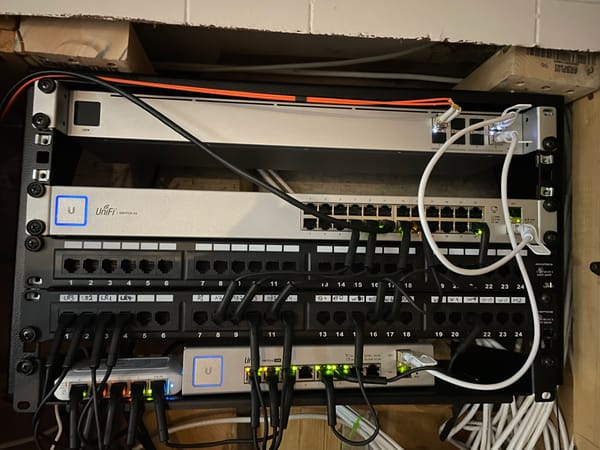The Five Rules That Fixes Vibe Programming
Coding with AI feels effortless, until it isn’t. These five rules show how to keep agents useful, safe, and consistent.

“Vibe programming” has become shorthand for coding without skill or direction, letting the editor autocomplete and hoping everything works out. This practice can create applications, but rarely produces secure systems anyone would want to maintain in the long term. AI agents risk amplifying this problem, since they can generate large volumes of plausible code in seconds.
The difference is that an AI agent can also act as a pair programmer. Like a capable junior developer, it can eliminate boilerplate, accelerate routine tasks, and occasionally suggest clever shortcuts. Left unguided, it will still produce fragile or even destructive code. With the right guardrails, however, an agent becomes a valuable collaborator. After a month of daily use, these five rules emerged to transform AI from a programming crutch into a disciplined coding partner.
Rule 1: Begin with Outcomes
The biggest risk when programming with an AI agent is diving straight into code generation. It will happily produce pages of functions and classes, but without a clear target those outputs rarely align with the system’s architecture. The result looks like progress but introduces hidden complexity that takes longer to fix than to build. This is “vibe programming” at its most dangerous: shipping code before understanding the problem.
The fix is to start with outcomes. Describe what you want in plain language: the inputs, the expected outputs, and the constraints. Frame it like a design brief to a teammate. For example, instead of saying “write a combat controller,” say “the combat controller should accept a player and enemy state, resolve actions in order, and return the updated adventure state.” By setting expectations clearly, you anchor the agent’s work to the system’s real needs.
This matters because AI agents are strong pattern matchers, not architects. They excel at filling in details once the structure is clear, but struggle when asked to invent the structure itself. By beginning with outcomes, you ensure the code generated fits into the project’s design, reduces rework, and moves the system forward with purpose.
Rule 2: Code You Can Read
The agent often produces code that technically works but is dense, over-engineered, or inconsistent with the rest of the system. This becomes even more dangerous when you are working in a language where you lack years of experience, since it becomes difficult to spot subtle mistakes or poor patterns. The risk is adopting code you cannot explain, which quickly turns into technical debt disguised as progress.

The safer path is to insist on readability. If the agent produces something unclear, stop and ask it to simplify, rename variables, or explain its reasoning step by step. If the structure still feels off, that may be the right moment to dive in and handle some of the refactoring yourself. Treat it as you would a teammate’s pull request: code that does not meet your standards for clarity and maintainability does not get merged.
You are still responsible for managing this code for the next decade, and that means it must be maintainable. Humans need to understand what is being done, not just through comments but through clear structure and design. If the code cannot be read and reasoned about, it does not belong in the system.
Rule 3: Small Steps
Large code changes generated by an AI agent are attractive because they promise to deliver an entire feature in one request. The problem is that big changes are harder to test, more likely to introduce regressions, and more effective at hiding subtle errors. What looks like a time-saver can easily turn into hours of debugging.
The safer approach is to work incrementally. Ask for one controller method, one data transformation, or one integration point at a time. Test each addition as it lands, validate the results, and commit before moving forward. When something breaks, the cause is obvious and the fix is quick. Small changes are easier to reason about and far less likely to destabilize the system.
This is risk management in practice. By limiting the scope of each step, you reduce the chance of introducing hidden problems and make failures easier to contain. It is the same logic that underpins modern deployment practices: smaller, frequent releases keep systems stable, even as they evolve rapidly.
Rule 4: Source Control and Backups
AI agents can produce sweeping edits across a codebase in seconds. That speed is a double-edged sword: when things go wrong, entire files or key sections of logic can vanish without warning. More critically, the agent does not care about data integrity. If given access, it will drop tables or overwrite production databases without hesitation.
The safeguard is a disciplined use of source control and backups. Work in branches, commit often, and snapshot progress before letting the agent attempt a major change. Keep automated backups of both code and data, and never test risky operations against production. Treat the agent like a junior teammate with too much confidence so you have a safety net to undo mistakes quickly.

AI feels no remorse when it deletes production data. You are left with the burden of recovery and explanation. Protecting your work makes experiments reversible and limits failure to minutes, not days, so you can use the agent’s speed without exposing your system to unnecessary risk.
Rule 5: Context is King
AI agents operate with a limited context window, the working memory where they hold recent conversation and code. Once that window overflows, earlier details are pushed out and effectively forgotten. This is why an agent may start repeating questions or drifting from agreed-upon design decisions the longer a session runs. Left unmanaged, this drift erodes code quality and consistency.
The safeguard is to maintain an external context file. Capture the essentials: the system’s purpose, its modules, naming conventions, and any rules that must be followed. Add notes on recent design decisions and outstanding questions. The agent can even help keep this file updated, rewriting it as features evolve so each session starts on the same page. When drift becomes obvious, restart the session and load the file so the agent works from the same foundation you do. Over time, this file becomes a living guide to the project.
Absent context, the agent will always regress toward “plausible” code, because that is what it was trained to generate. But consistency is not optional in software. Without it, systems accumulate friction and drift into disorder. A context file anchors the agent to the architecture you intend, keeping the collaboration disciplined and sustainable.
The Sum of All
AI agents are not a shortcut to better software. They are accelerators, magnifying both good practices and bad ones. Without discipline, they invite risky behavior: big changes with no plan, unreadable code, and systems that collapse under their own weight. With the right guardrails, they become powerful collaborators, taking on the repetitive work while you focus on architecture and intent. The lessons are simple:
- Start with clear outcomes so the agent builds what you need.
- Code only adds value if you understand it well enough to maintain it.
- Work in small increments and tests to catch problems.
- Protect your work with source control and backups.
- Keep a context file, so each session begins grounded in the system you want to build.
Follow these rules and the agent becomes what every developer wants in a teammate: fast, consistent, and dependable.




